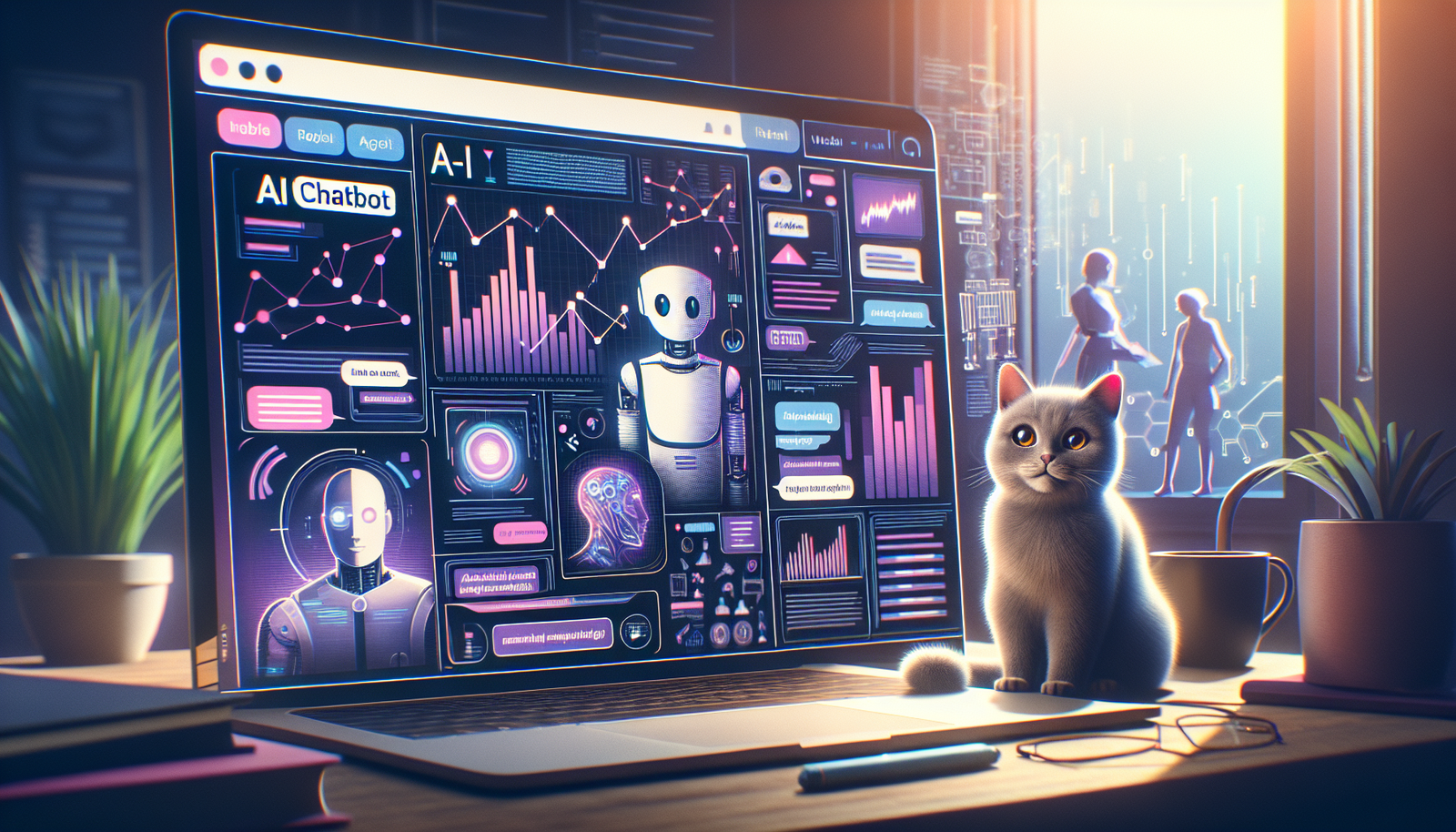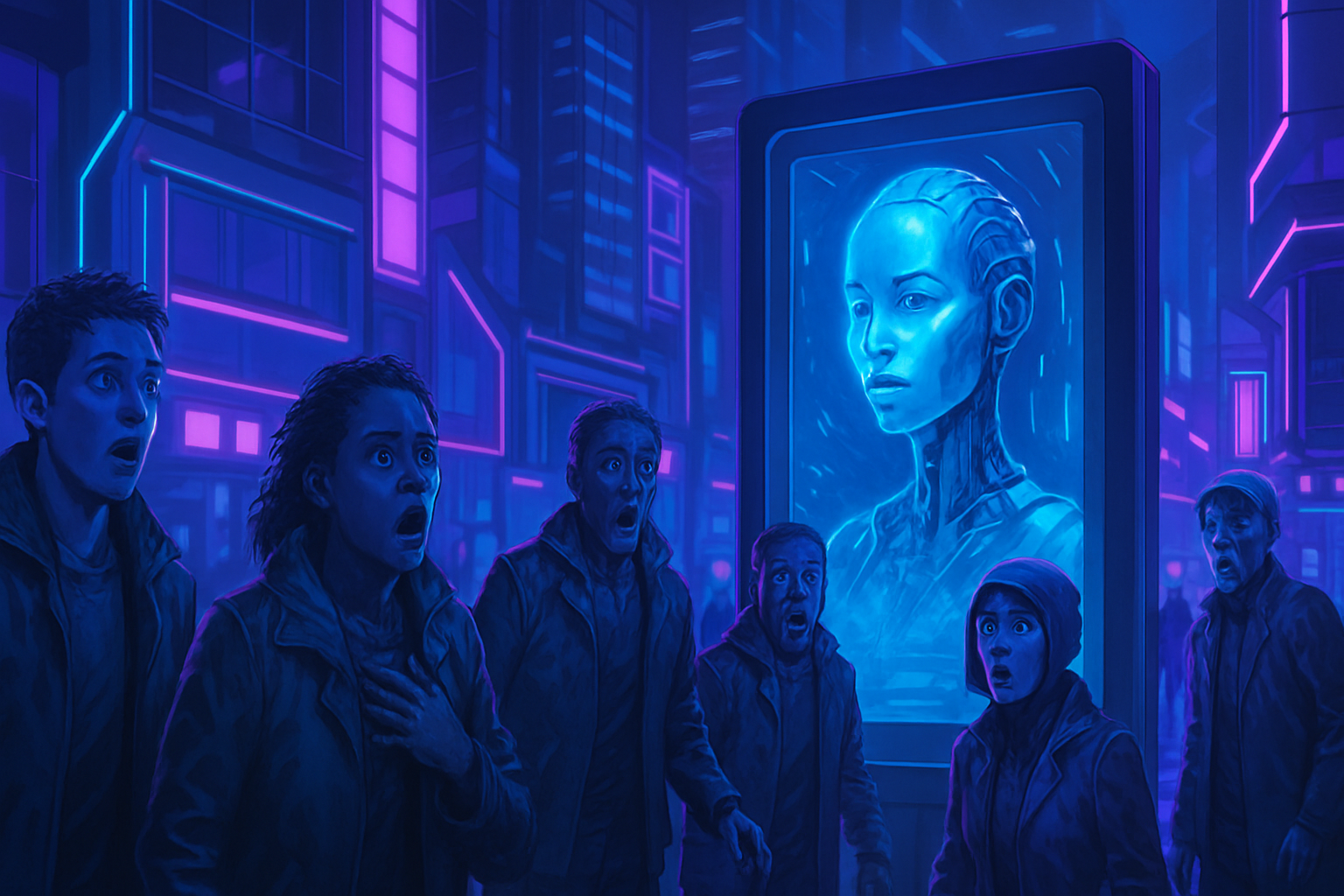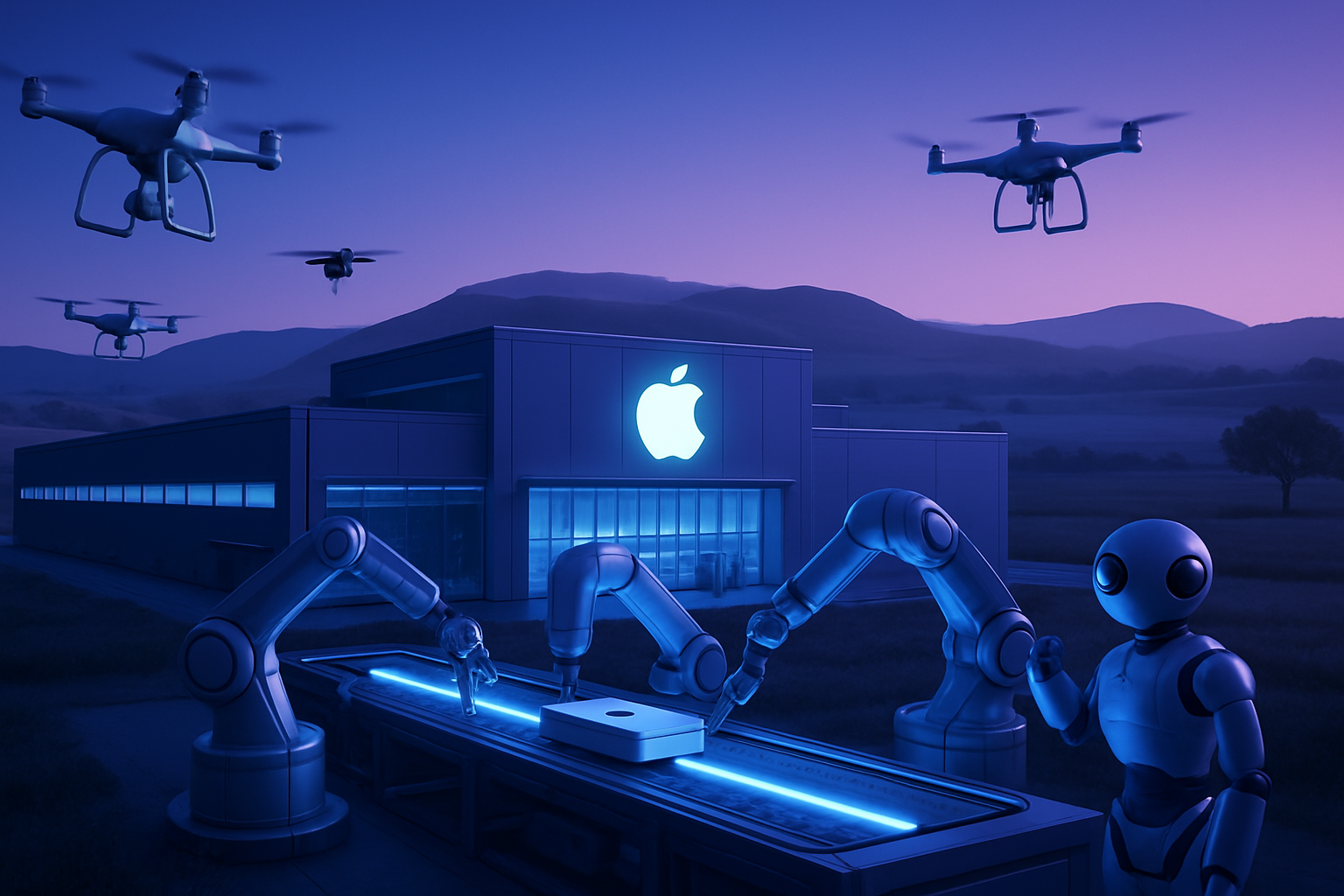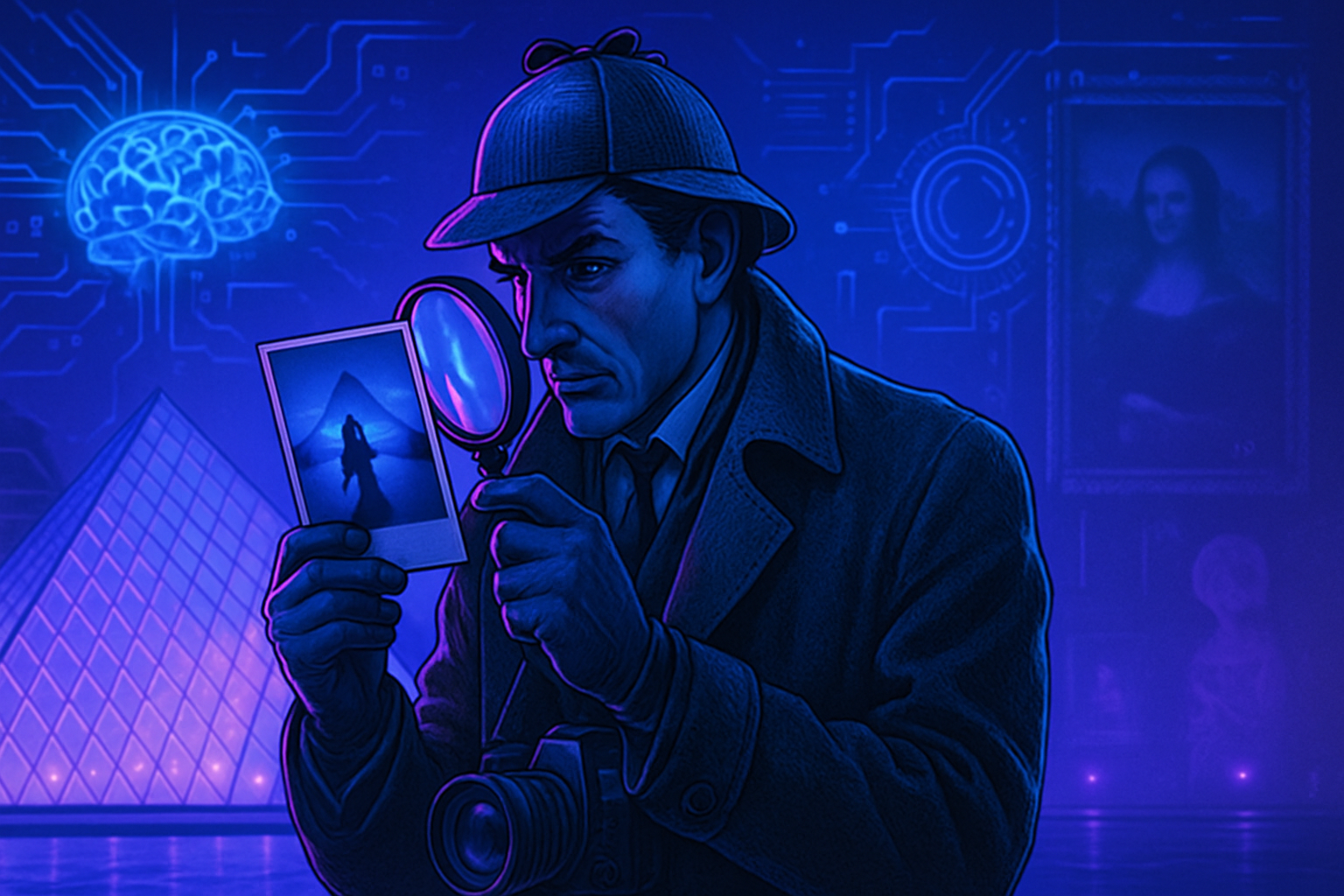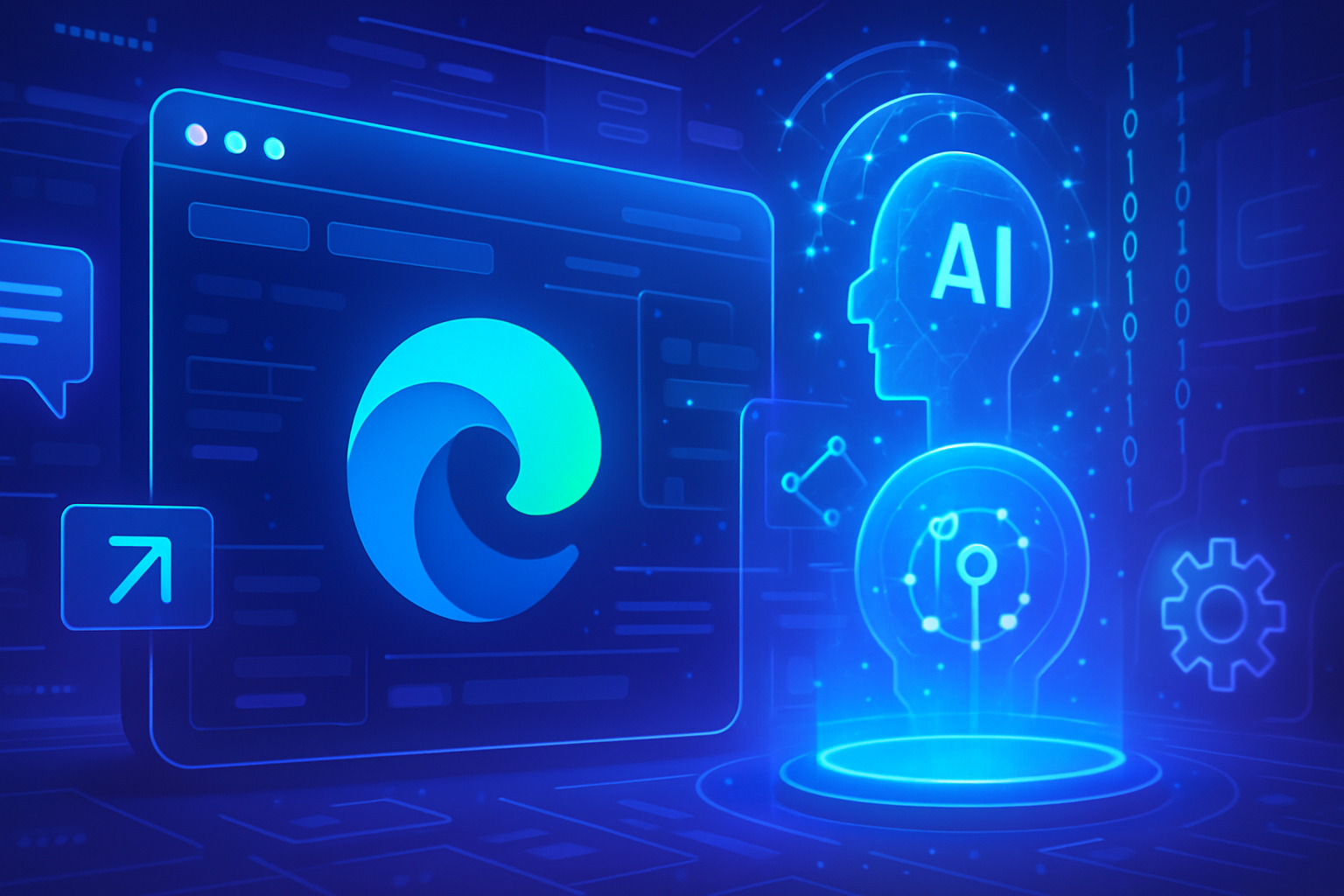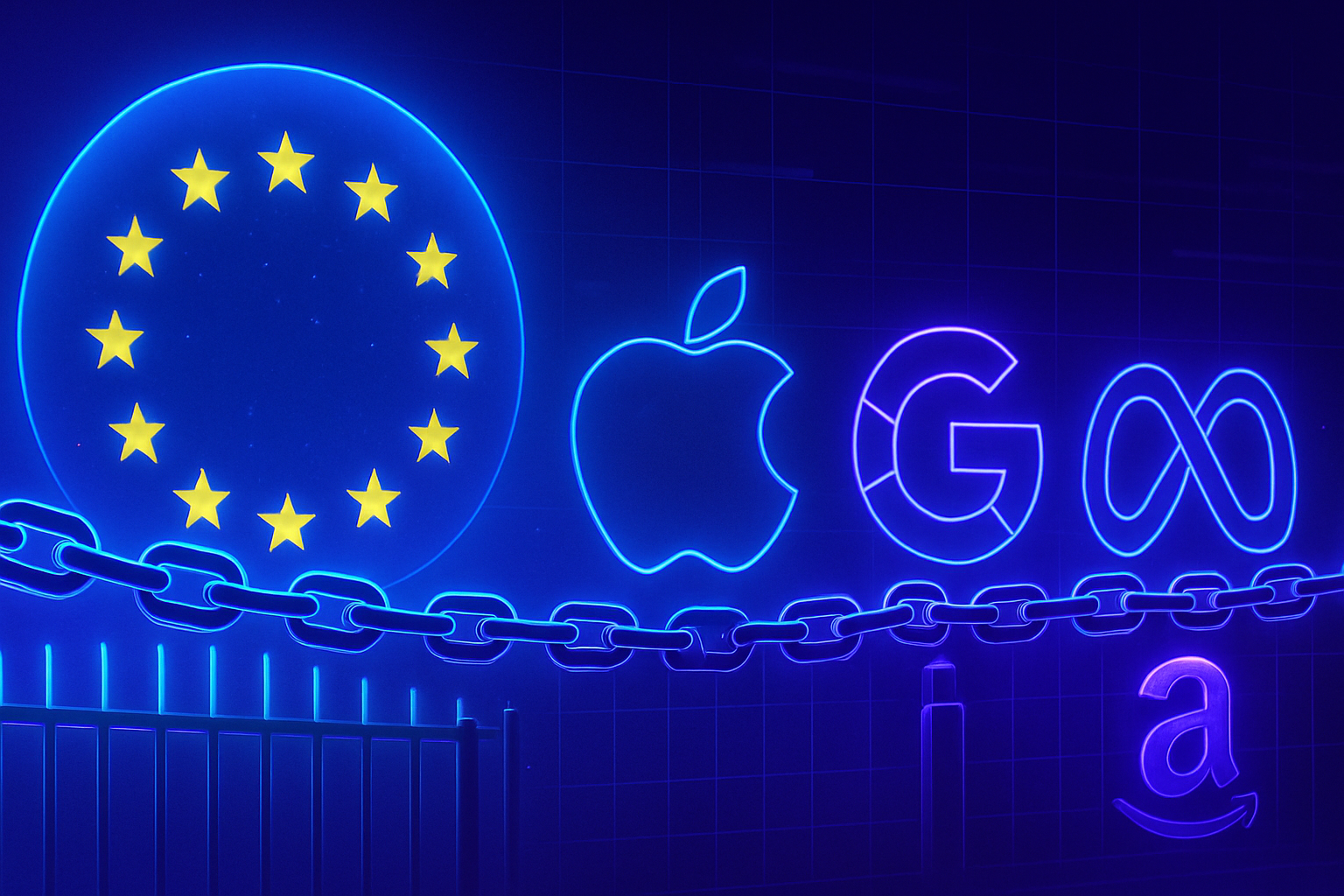Two years after its launch, ChatGPT has established itself as a benchmark in the realm of generative artificial intelligence. The tool has radically transformed the interaction between humans and machines, while raising major ethical concerns and redefining the standards of technological innovation. Observing its meteoric progress, it is essential to assess the consequences on various sectors, from education to marketing, while anticipating future developments that will shape our daily lives.
Evolution of ChatGPT: a remarkable journey
Since its unveiling to the public on November 30, 2022, ChatGPT has captivated millions of users while raising questions regarding its applications. In just two years, this OpenAI chatbot has revolutionized the universe of generative AI, shaping the way individuals interact with technology.
An undisputed dominance
ChatGPT has managed to establish itself as the undisputed leader in generative AI. Over 200 million users engage with the tool each week worldwide. As of September 2024, the chatbot surpassed 3 billion monthly visits, thus consolidating its position in the market. This places chatgpt.com among the top 10 most visited websites globally.
Functional advancements and innovations
Throughout 2024, ChatGPT experienced a series of major innovations. The availability of advanced AI models, such as GPT-4o, improved the speed of responses and the quality of interactions. New features such as permanent memory and image analysis have enriched the user experience.
Fierce competition
Although ChatGPT is in the lead, competitors are emerging, intensifying the competition. Players like Claude from Anthropic and Perplexity are refining their models to compete with OpenAI. Each company seeks to innovate, providing diverse solutions to users.
Integration of advanced features
ChatGPT has taken a further step by integrating the advanced voice mode, enabling smooth and natural conversations. This mode, offering emotions and non-verbal signals, positions ChatGPT strongly in terms of human-technology interaction.
Future perspectives and challenges
A forecast for 2025 mentions the emergence of video analysis capabilities in ChatGPT, thanks to the Sora tool. Testing phases are beginning, although they are already generating diverse reactions from artists and creators. The implications of this advance could redefine the creation and consumption of digital content.
Financial impact and business model
The proliferation of features and AI models incurs a cost that must be borne by OpenAI. A substantial increase in the ChatGPT Plus subscription could materialize by the end of 2024, with successive increases anticipated until 2029. This evolution raises questions concerning OpenAI’s business model in the face of increasingly fierce competition.
Social and ethical commitments
ChatGPT, beyond its performance, faces ethical challenges regarding content creation. The company strives to balance innovation with responsibility, an essential approach in today’s technological landscape. The social implications of the widespread use of AI require a constant dialogue to ensure ethical and responsible usages.
ChatGPT has undoubtedly marked its era, both through its technological advancements and its ability to transform human interactions. On this path, the tool continues to shape the future of generative AI, while confronting a constantly evolving environment. The challenges and future perspectives call for an important dialogue between innovation, ethics, and social responsibility.
Frequently asked questions about ChatGPT: Two years of evolution for OpenAI’s chatbot
What is ChatGPT and when was it launched?
ChatGPT is a chatbot developed by OpenAI, based on generative artificial intelligence. It was launched to the public on November 30, 2022.
How did ChatGPT establish itself as a leader in the field of generative AI?
Over the past two years, ChatGPT has attracted more than 200 million weekly users thanks to its advanced features and accessibility compared to competitors like Google and Microsoft.
What innovations were introduced in ChatGPT in 2024?
In 2024, ChatGPT saw the introduction of new features, including image analysis, an advanced voice mode, as well as a GPT Store allowing access to personalized chatbots.
What is the monthly traffic of ChatGPT compared to its competitors?
ChatGPT garnered over 3 billion monthly visits in September 2024, greatly surpassing its main competitors in the field of artificial intelligence.
What challenges does ChatGPT face against emerging competitors?
Though ChatGPT is in the lead, competitors like Claude from Anthropic and Perplexity continue to innovate and develop high-performance tools that seek to directly compete with ChatGPT.
Are there concerns regarding the use of ChatGPT in content creation?
Yes, concerns are emerging particularly around video generation and copyright protection, which raises ethical questions in the field of creation.
What are OpenAI’s plans for the future of ChatGPT?
OpenAI plans to improve its existing models and introduce new features, including video analysis capabilities, while potentially adjusting the subscription prices for its services.
What is the importance of ChatGPT in the educational sector?
ChatGPT has revolutionized the educational sector by serving as an interactive learning tool, supporting both teachers and students through real-time responses and personalized features.
How has ChatGPT impacted the daily lives of users over the past two years?
ChatGPT has become an omnipresent tool in daily life, aiding in various tasks, from information retrieval to content creation, making previously inaccessible services more widely available.
